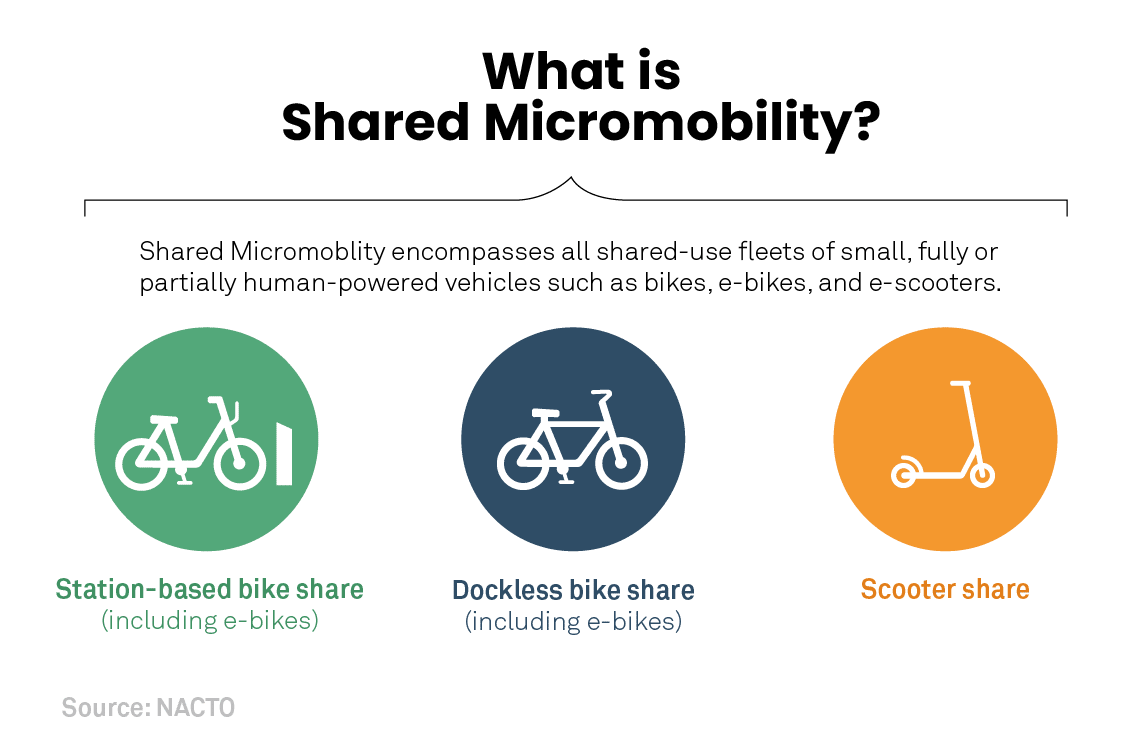Recognizing E-Bike : A Beginner'S Manual For Your City
Recognizing E-Bike : A Beginner'S Manual For Your City
Blog Article
Short Article Developed By-Moran Stanton
Before you hop on your e-bike and hit the streets, it's crucial to understand the legislations and guidelines that regulate your city. From rate restrictions to assigned riding locations, there's a whole lot to think about to guarantee you're compliant and safe. By familiarizing on your own with the regulations particular to e-bikes, you'll be much better furnished to appreciate your trips with no unforeseen lawful issues. Remain tuned to uncover essential understandings that will aid you navigate the e-bike landscape in your city seamlessly.
Understanding E-Bike Category
When it involves browsing the world of e-bike legislations and policies, an essential beginning point is recognizing the category system that classifies these electric bicycles. E-bikes are commonly categorized right into three primary categories: Course 1, Class 2, and Course 3.
Course 1 e-bikes are pedal-assist only, meaning they provide support while the biker is pedaling and have a maximum speed of 20 miles per hour. These bikes are admitted areas where standard bicycles are allowed.
Course 2 e-bikes are equipped with a throttle that can move the bike without pedaling. They likewise have a maximum speed of 20 mph and are suitable for cyclists that might need help without pedaling continually.
Class 3 e-bikes resemble Class 1 however with a higher maximum speed of 28 mph. These bikes are frequently limited from specific bike courses or routes because of their higher rates.
Comprehending these categories is vital for adhering to local policies and guaranteeing a safe and enjoyable e-biking experience.
Navigating Speed Limitations and Restrictions
To efficiently browse e-bike regulations and guidelines, it's critical to understand the speed restrictions and limitations that apply to various classes of electrical bicycles.
Rate limits for e-bikes vary relying on the classification of the bike. Class 1 e-bikes, which are pedal-assist just and have a maximum speed of 20 miles per hour, are typically permitted on bike lanes and courses.
Course 2 e-bikes, which have a throttle in addition to pedal-assist and also get to speeds of as much as 20 miles per hour, might be limited in particular locations where motorized vehicles aren't allowed.
Class 3 e-bikes, with pedal-assist approximately 28 mph, are typically required to comply with the same policies as standard bikes.
It is essential to stick to these rate limits and limitations to ensure your safety and security and the safety and security of others when driving. Prior to riding https://www.aarp.org/travel/travel-tips/transportation/info-2023/touring-on-ebike.html -bike, acquaint on your own with the details guidelines in your city to prevent any kind of possible penalties or legal concerns.
Where to Trip Your E-Bike
To figure out where you can ride your e-bike, it's vital to recognize the laws and guidelines certain to your location. In most areas, e-bikes are typically enabled on roadways and roads where standard bikes are allowed. This may consist of bike lanes, bike paths, and shared roads. However, it's vital to examine local laws as some cities might have details restrictions on where e-bikes can be ridden.
When riding official source -bike, always focus on safety by following web traffic guidelines and valuing pedestrian sidewalks. In addition, be mindful of any kind of designated bike lanes or courses in your location and use them whenever feasible to make certain a smoother and safer experience.
Some cities likewise have policies pertaining to e-bike usage on walkways, so make sure to acquaint on your own with these rules to stay clear of any kind of penalties or penalties.
Conclusion
Now that you're familiar with the laws and laws surrounding e-bikes in your city, you can with confidence hit the road recognizing where you can ride and what constraints put on your e-bike classification. Remember to always prioritize safety and security and adhere to the rules to ensure a smooth and lawful trip. Pleased riding!
